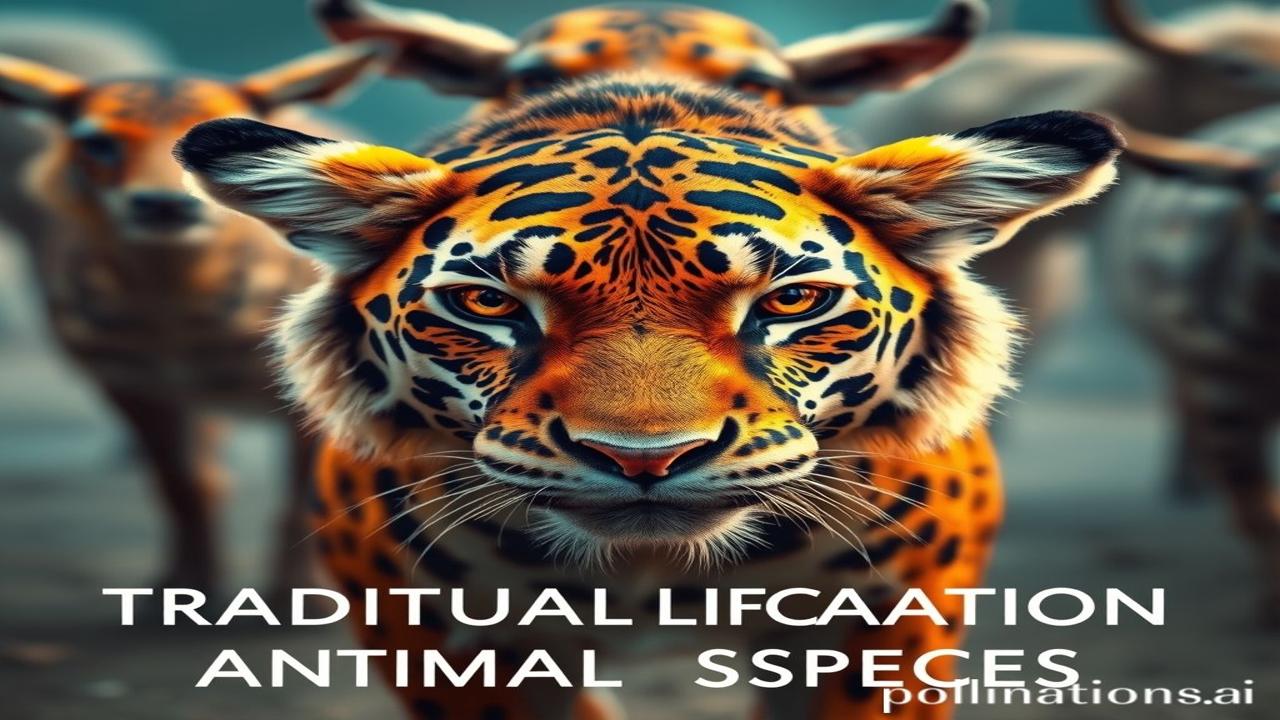Jaanwaron Ki Duniya: Purani Pehchaan, Nayi Nazar (Animal World: Old Identity, New Vision)
Kabhi socha hai, guru, aaj se hazaaron saal pehle, jab microscope nahi tha, DNA sequencing nahi tha, toh log jaanwaron ko kaise pehchante the? Kaise unke bare mein jante the? Aise samajhiye, jaise aap apne dadi ki god mein baithe hain, aur woh aapko jungle ki kahaniyaan suna rahi hain… un kahaniyon mein dher saare jaanwar hain, har ek ka apna naam, apna kaam, apni kahani.
This blog post is about exploring that very world – the world of traditional animal classification. Let’s dive in!
Shuruwat: Kab, Kahan, Aur Kyun? (The Beginning: When, Where, and Why?)
Traditional animal classification, doston, koi ek din ki baat nahi hai. It’s a slow, deliberate accumulation of knowledge passed down through generations. Think of it as a pustak, jismein har panne par ek nayi kahani likhi hai.
When & Where: Iska koi exact time frame nahi hai, but we can safely say it’s been happening since humans started observing and interacting with animals. That’s basically since the beginning of Homo sapiens! India mein, you’ll find traces of it in the Vedas, the Upanishads, in folk tales, and even in Ayurveda. Ancient Greece, Egypt, China – almost every ancient civilization had their own system of categorizing animals.
Why: Seedha sa jawab – survival. Knowing which animals were safe to eat, which were dangerous, which could be used for labour or medicine – it was a matter of life and death. It was also about understanding the natural world and our place within it. Prithvi ko samajhne ki koshish thi ye.
Jeevan Ka Rang: Log, Rishte, Aur Kahaniyaan (The Colour of Life: People, Relationships, and Stories)
Imagine a tribal community living in the deep forests. Their whole life revolves around animals. They know the haathi is strong and helpful, the sher is dangerous and respected, the bandar is playful and clever.
- The Vaidyas (Ayurvedic Doctors): They classified animals based on their medicinal properties. Cow’s milk was considered sacred and healing, while certain insects and snakes were used for treating specific ailments.
- The Farmers: Their understanding of animals was practical. They knew which animals could plough the fields, which provided manure, and which needed protection from predators.
- The Storytellers: They wove intricate tales around animals, often attributing human qualities to them. Think of the Panchatantra, where animals are the main characters, each representing different virtues and vices.
“Aaj ka din shubh hai,” the vaidya might say, “Gau-mata ne apne bache ko janm diya hai. Uska doodh is bimar bacche ko jivan dega.” (Today is auspicious, the cow has given birth to her calf. Her milk will give life to this sick child.)
Bharatiyata Ki Chhap: Aaj Bhi Zinda (The Imprint of Indianness: Still Alive Today)
Even today, elements of traditional animal classification persist in our culture.
- Religious Significance: Animals are deeply woven into our religious beliefs. The cow is sacred, Hanuman is associated with monkeys, Durga rides a lion.
- Traditional Medicine: Ayurveda still uses animal-derived products for treating various diseases.
- Folk Art: Animals are a common motif in folk art forms like Madhubani and Warli paintings.
Think about it, yaar. Every time we visit a temple and offer prayers to a particular deity associated with an animal, we’re acknowledging and perpetuating a system of understanding and respect that goes back centuries.
Sach Aur Jhuth: Kuchh Ajeeb, Kuchh Anokha (Truth and Lies: Some Strange, Some Unique)
- Myth: That all snakes are venomous. (Actually, only a small percentage of snake species are venomous).
- Fun Fact: In ancient India, some animals were even classified based on their sounds! Think of the distinct sound of a peacock (mor) or a cuckoo (koel).
Aankhon Dekhi, Dil Se Mehsus (Seen with Eyes, Felt with the Heart)
Imagine the smell of damp earth after the monsoon, mixed with the earthy scent of a cow shed. The sound of crickets chirping at night, punctuated by the occasional howl of a jackal. The feel of rough bark against your palm as you lean against an ancient banyan tree, observing the monkeys playfully swinging from branch to branch. That was the world in which traditional animal classification took shape – a world steeped in sensory experience and intimate connection with nature.
Aakhri Baat: Ek Vichar, Ek Sandesh (Final Thought: An Idea, A Message)
This traditional knowledge, though sometimes inaccurate by modern scientific standards, represents a deep understanding of the natural world born from observation, experience, and respect. Let us remember this dharohar and learn from it.
- “Vasudhaiva Kutumbakam – The world is one family.” This ancient Sanskrit phrase reminds us that we are all interconnected, humans and animals alike. Let’s treat all living beings with respect and compassion.
